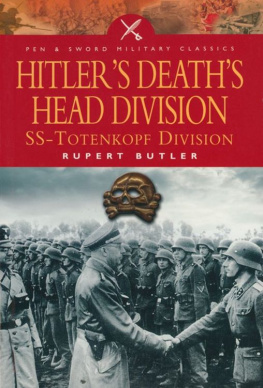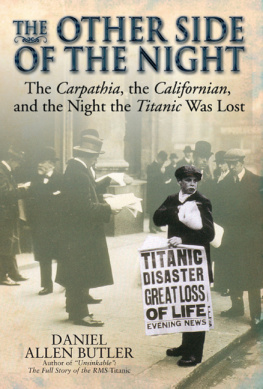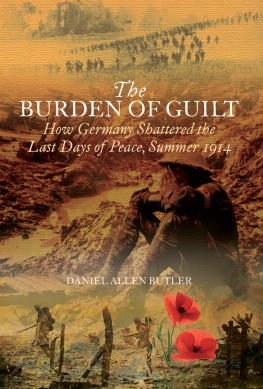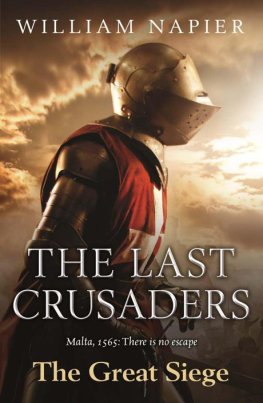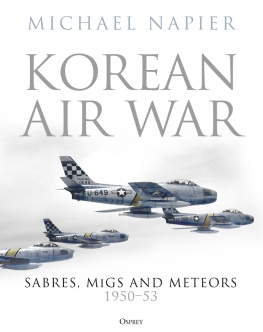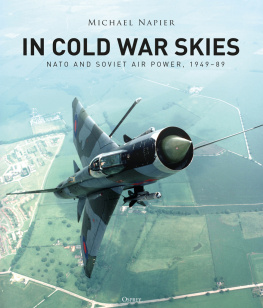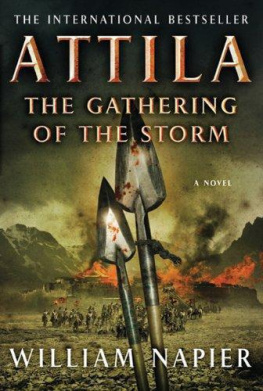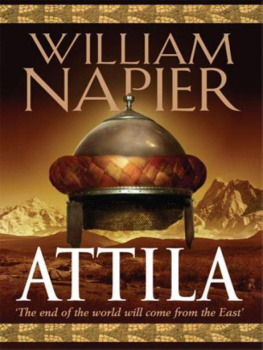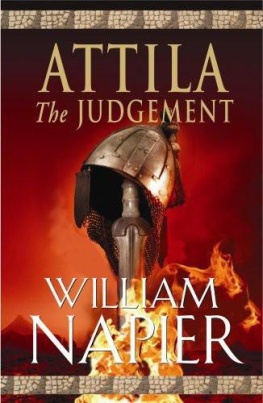CHAPTER I THE HOME AT CELBRIDGEFIRST COMMISSION
Ten miles west of Dublin, on the north bank of the Liffey, stands a village of a single street, called Celbridge. In times so remote that their record only survives in a name, some Christian hermit built here himself a cell for house, church, and tomb; a human settlement took root around the spot; deer-tracks widened into pathways; pathways broadened into roads; and at last a bridge spanned the neighbouring stream. The church and the bridge, two prominent land-marks on the road of civilisation, jointly named the place, and Kildrohid or "the church by the bridge" became henceforth a local habitation and a name, twelve hundred years later to be anglicised into Celbridge. To this village of Celbridge in the year 1785 came a family which had already made some stir in the world, and was destined to make more.
Colonel the Hon. George Napier and his wife Lady Sarah Lennox were two remarkable personages. The one a tall and majestic soldier, probably the finest specimen of military manhood then in the service of King George the Third; the other a lady of such beauty, wit, and grace that her fascination had induced the same King George to offer her all his heart and half his throne. Fate and politics marred this proposed romantic royal union, and the lovely Lady Sarah, after a most unhappy first marriage, became in 1777 the wife of Colonel George Napier, and in the following dozen years the mother of a large family, in whose veins ran the blood of a list of knights and kings and nobles sufficient to fill a peerage all to itself; for on one side the pedigree went back to the best of the old Scottish cavaliersto Montrose, and the Napiers of Merchiston, and the Scotts of Thirlestane; and on the other it touched Bourbon, Stuart, and Medici, and half a dozen other famous sources. It would have been strange if from such parents and with such stock the nest which was built in Celbridge in 1785 did not send forth far-flying birds.
The house in which the Napiers took up their residence in this year stood a short distance from the western end of the village. It was a solid, square building of blue-gray limestone, three-storied and basemented, with many tall narrow windows in front and rear, and a hall door that looked north and was approached by arched steps spanning a wide stone area surrounding the basement; green level fields, with fences upon which grew trees and large bushes, spread around the house to north and west, and over the tops of oak and beeches to the south a long line of blue hills lay upon the horizon. Looking south towards these hills the eye saw first a terrace and garden, then a roadway partly screened by trees, and beyond the road the grounds of Marley Abbey sloping to the Liffey, holding within them still the flower-beds and laurel hedges amid which Vanessa spent the last sorrow-clouded years of her life. But to the boys up in the third-story nursery, looking out in the winter evenings to snowy Kippure or purple Sleve-rhue, the loves and wrongs of poor Vanessa mattered little. What did matter to them, howeverand mattered so much that through a thousand scenes of future death and danger they never forgot itwas, that there stood a certain old larch tree in the corner of the pleasure-ground where the peacocks fluttered up to roost as the sun went down beyond the westmost Wicklow hill-top, and that there was a thick clump of Portugal laurels and old hollies where stares, or starlings as they call them in England, came in flocks at nightfall, and sundry other trees and clumps in which blackbirds with very yellow winter beaks flew in the dusk, sounding the weirdest and wildest cries, and cocked their fan-spread tails when they lighted on the sward where the holly and arbutus berries lay so thick.
When Colonel Napier settled at Celbridge he was still in his prime, a man formed both in mind and body to conquer and direct in camp, court, or council; and yet, for all that, a failure as the world counts its prizes and blanks in the lottery of life. He had recently returned from the American War, where he had served with distinction. He had filled important offices abroad and at home, and by right of intellect and connection might look forward almost with certainty to high military command, but he had one fatal bar against success in the career of arms, as that noble profession was practised in the reign of George the Third and for a good many years afterhe was in political opinion intensely liberal and intensely outspoken. The phrase "political opinion" is perhaps misleading. Colonel Napier's liberalism was neither a party cry nor a prejudice. It sprang from a profound love of justice, an equally fixed hatred of oppression, and a wide-reaching sympathy with human suffering that knew no distinction of caste or creed. The selection of Celbridge as the Napiers' family residence at this period was chiefly decided by the proximity of the village to the homes of Lady Sarah's two sistersthe Duchess of Leinster at Carton, and Lady Louisa Conolly at Castletownindeed only the length of the village street separated the beautiful park of Castletown from the Napiers' home, and Castletown woods and waters were as free to the children's boyish sports and rambles as its saloons were open to them later on when the quick-running years of boyhood carried them into larger life. Whatever was beautiful and brilliant in Irish societyand there was much of boththen met in the Castletown drawing-rooms. They were to outward seeming pleasant years, those seventeen hundred and eighties and early nineties in Ireland. The society that met at Castletown formed a brilliant circle of orators, soldiers, wits, and statesmen, many of whose names still shine brightly through the intervening century. Grattan, Curran, Flood, Charlemont, the Ponsonbys, Parnell, the Matthews, and younger but not less interesting spirits were in the group too; the ill-fated Lord Edward Fitzgerald (first cousin to the Napier boys); young Robert Stewart, still an advanced Liberal,not yet seeing that his road to fortune lay behind instead of before him; and there was another frequent guest at Castletowna raw-boned, youthful ensign, generally disliked, much in debt to his Dublin tailor, but nevertheless regarded by Colonel Napier, at least, as a young man of promise, who, if fate gave him opportunity, would some day win fame as a soldierone Ensign Wellesley, or, as he then wrote his name, Arthur Wesley.




